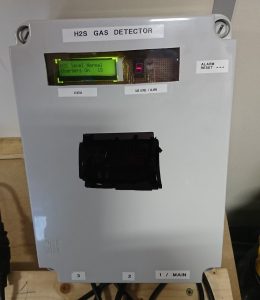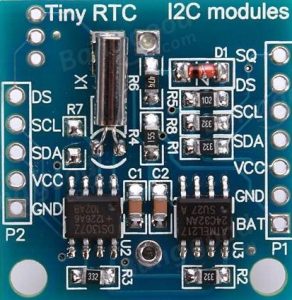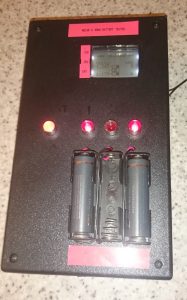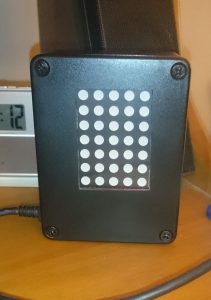I posted back in January about a project I had in mind for our battery charging area at work to automatically turn off the power to the battery chargers if dangerous levels of toxic Hydrogen Sulphide were detected. The project was cancelled but resurrected about 3 months later when another battery failed releasing gas and we looked at this project again and decided it was a good idea to try building it.
So for the last two months I have been testing it and found that being based on a cheap MQ-136 sensor (good quality H2S sensors are very expensive) it performs reasonably well. With such a cheap sensor accurate readings of H2S are not really possible but it does detect gas and turn off the power which is exactly what we wanted it to do.
The project is based on an arduino as the controller with warning / status messages displayed on an LCD and gas level from 1-9 shown on an LED display. An alarm sounds when dangerous gas levels are present and the power to the chargers is turned off.




